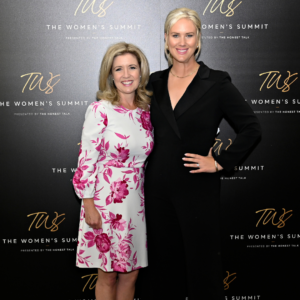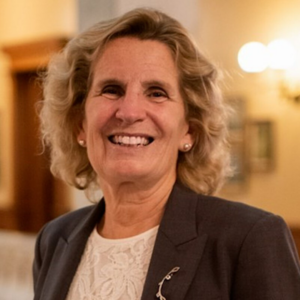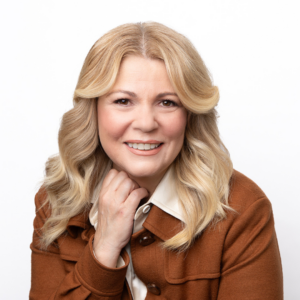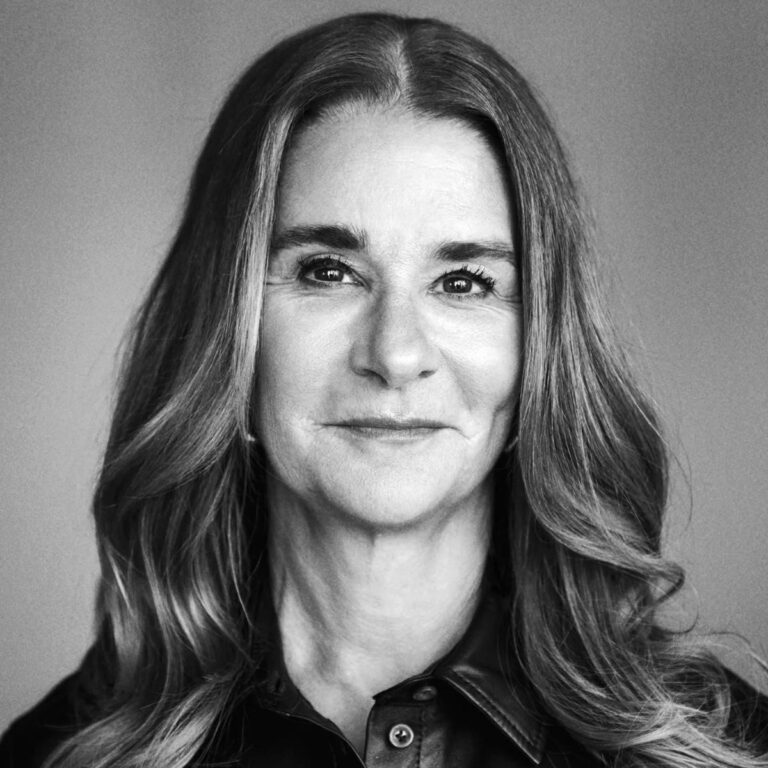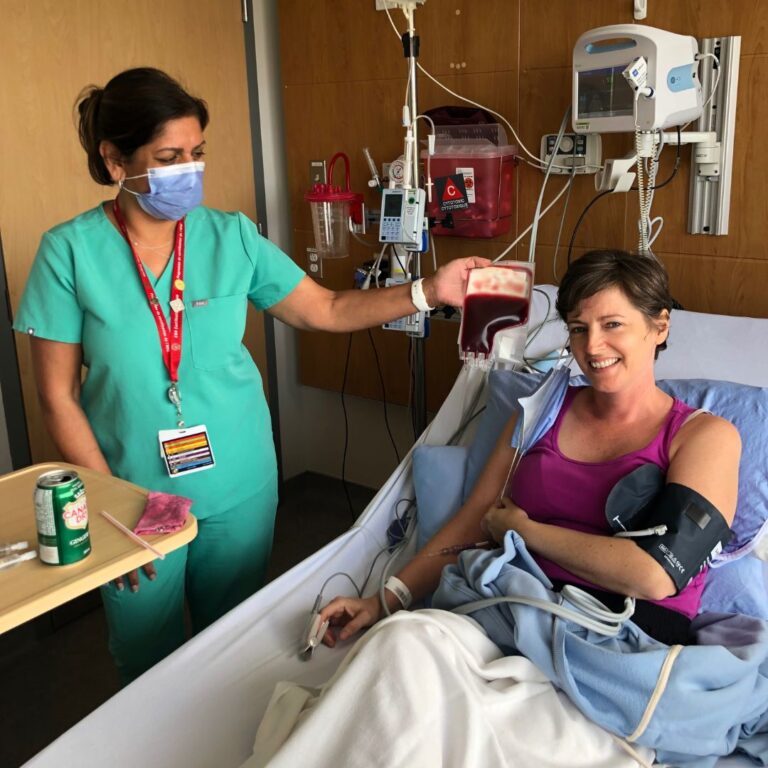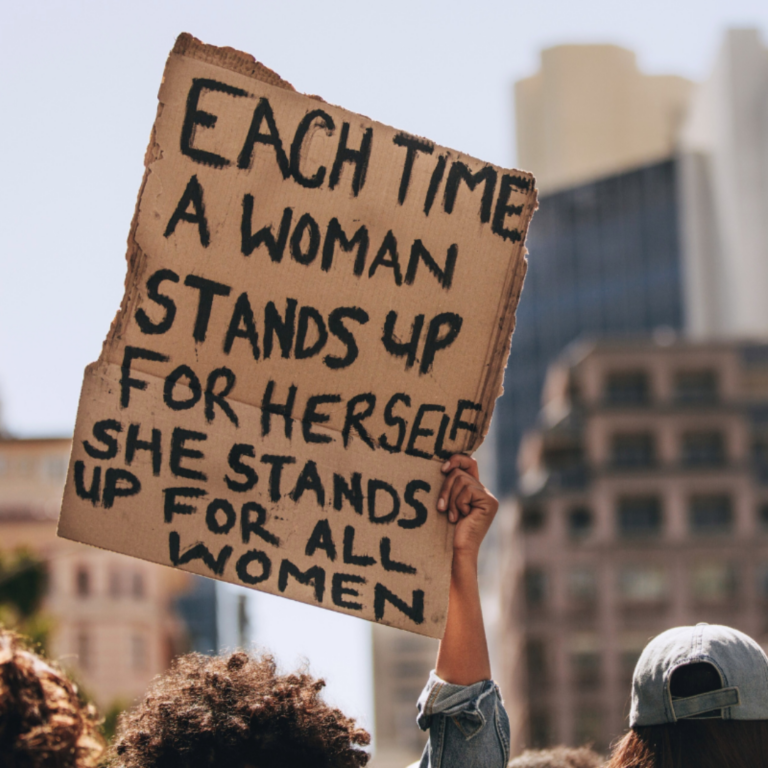Cheryl Tjok-A-Tam – Vice President, Strategic Initiatives and Change Management, RBC
Cheryl Tjok-A-Tam is transforming the way major corporations embrace change and foster diversity, equity, and communication. Cheryl is Vice President of Strategic Initiative and Change Management – Finance with the Royal Bank of Canada, the largest bank in the country. Cheryl immigrated to Canada from Jamaica as a child and rose through the ranks, overcoming biases and stereotypes to establish herself as a leading change agent. As a Black woman, Cheryl has made it her mission to nurture a vibrant and collaborative workplace for all.
In this episode of The Honest Talk, Jen and Catherine speak with Cheryl about progress made in workplace diversity and gender equity, and what more needs to be done. Cheryl also opens up about people who have inspired her and how she invests in herself to ensure she is able to make positive changes for others.
Note: This transcript was edited for clarity and length.
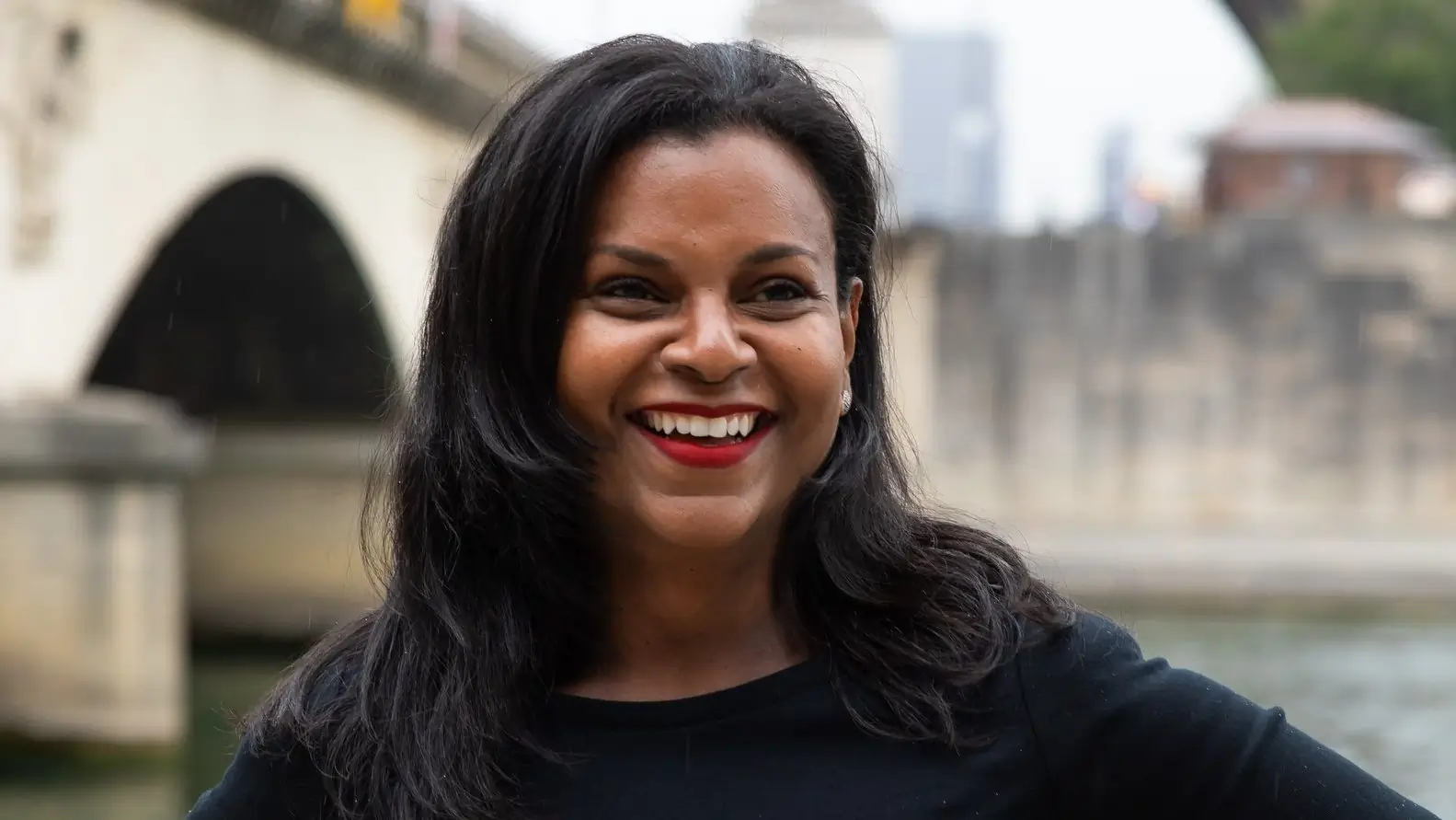
Catherine Clark: Cheryl, you’ve had a really remarkable career focused on diversity, equity, and inclusion. Those really have become hot topics for corporations and boards, but you have been working in this area for years. What’s the biggest change that you’ve seen in this area in the past 10 years or so?
Cheryl Tjok-A-Tam: It’s something that I became involved in, originally, at my time at IBM, specifically around women in technology and reaching out to Grade 7 and 8 girls. Data shows that’s typically where girls tend to drop off in sciences and math. And over the course of the last 10 years, you certainly are seeing a lot more female representation in technical spaces and tech industry and in tech roles. But I would say that the advancement hasn’t been as much as I ideally would have thought it would have been at this point.
I do celebrate and applaud the advancements we’ve made from a gender equity perspective. But then I want to go deeper: who makes up those women who are advancing in the corporate space for more senior roles, senior responsibility, having greater impact and influence? Are we getting comfortable looking at the gender component, but not dissecting a little further around what we once referred to as visible minority representation and now the terminology is BIPOC? Are we really dissecting this and understanding gender equity as it pertains to women who are Black, women who are Indigenous, women who are considered People of Colour? Even that terminology needs to be further dissected.
Jennifer Stewart: But how do we actually move the needle? There’s a lot of organizations doing a lot of great work. But collectively, we still have a lot more to do. What are some tangible things we can do to actually make this happen?
Cheryl Tjok-A-Tam: It needs to be celebrated, the type of conversation that has been happening over the last 10-20 years around DEI. When you talk about moving the needle, I would say in the last couple of years, we saw lots of organizations being very declarative around the commitments that they were wanting to make within BIPOC communities.
I always say to folks, “What gets measured gets done.” And the moving of the needle really counts on that. How are we auditing ourselves around how we’re making advancements in this space? It’s going to require almost daily regular renewal around those commitments. Are we seeing the type of traction that we expected?
Catherine Clark: We’re in a tricky time, though, because people are learning as they go. How do we reconcile, at this particular point in history, that well-meaning approach, which can be really frustrating for someone like you, who has a clear path and a clear idea of how to get this right? Do we forgive their mistakes? Do we use them as teaching moments? How do you get people and organizations on the right path?
Cheryl Tjok-A-Tam: I don’t think there is one path. There is an opportunity for us to take a look at different things. I’m a firm believer in, you think something through, you think you have it 80 per cent correct. It’s important that you at least try but be willing to change direction. And, you know, not getting to a place where you go, “Well, that’s so much improved over where we were, that’s good enough.” Resting in a comfort space is not going to perpetuate the movement, the energy that we want going forward.
When people say, “Here are the advancements that have been made, and we just need to be patient,” patience is not what people are wanting anymore. People are wanting to treat things with a sense of urgency: “It might be good enough for you, but it’s not good enough for me, because I have aspirations, greater than somebody may be planning for me.” So it’s a constant reminder for us that you can get really comfortable in the idea of just satisfying the decision makers and the leaders of the organization with numbers instead of really examining what it’s actually comprised of. Are we willing to challenge ourselves in that conversation, to go even further what our initial commitments were so that we just don’t get comfortable in it and say, “It’s good enough”?
Jennifer Stewart: What inspired you as a kid? You’re incredibly confident, and you’ve had a remarkable career. Where does that confidence come from?
Cheryl Tjok-A-Tam: I’m really fortunate that I didn’t have to look far for inspiration. My life has been filled with formidable women and men who, even in the traditional confines of their generation had respect and regard for the women that they partnered with in life and communities that they resided in.
If we’re speaking to women, I probably have three that I would say definitely have inspired me, and I don’t want to exclude my father from this conversation, either. The first two are my mother and my maternal grandmother. My mother married my dad at 18. They had four children. And I watched her in particular always have a career. She always pursued education. She positioned every day with such purpose. She was always willing to share what she knew, and then she came home and she was equally formidable as a parent. My parents would replay their workday. And little did I know, at the kitchen table, I was being exposed to themes of conflict resolution, pay equity, operations and manufacturing, and contract negotiations.
Catherine Clark: Can I ask how all of that impacted how you raised your own child when you were building a career, but then also being a mom? How did it guide you?
Cheryl Tjok-A-Tam: It’s really interesting, because my son’s just 15. I focused for many years on career first. I’ve tried to explain to him the idea that Grandma and Grandpa left Jamaica in their early 30s and moved to Canada with four children and restarted life again. And it wasn’t that we didn’t have a good life in Jamaica. We did. But it was at a time where there was political turmoil and there was lots of change happening, and they made a decision for our family to migrate to Canada. I think when you’ve just grown up here, and this has just been what your life has been, it is hard to internalize. As a parent, I don’t want him to feel the weight of that. But at the same time, I do want him to have an awareness. So I’ll share stories with him.
Jennifer Stewart: I really feel you begin to understand your parents a lot more when you are a parent. I certainly have those revelations often. What has your son taught you about yourself?
Cheryl Tjok-A-Tam: He would love to be listening to this. I think probably the biggest thing is I used to look at myself in pieces, where you look into a mirror at your eyes like today, they’re they are little red, or your skin might be glowing today. And for some reason, when you have a child, you can actually see yourself more clearly because you suddenly all the things that you appreciate in your child: their smile, how their face lights up, their energy level. I’m going to stop looking at myself in pieces, and I’m going to look at myself as a whole — in a full-length mirror. And I think that’s probably the greatest gift that Noah has provided me, is the ability to see myself entirely, because I want him to see himself entirely and the potential of anything he chooses to do not because he has a limitation, or because something isn’t naturally his gift. But if you show up with all of those gifts, and really try to exercise your access to them, then the potential of what you can do is limitless.
Catherine Clark: It’s Black History Month, and you have spent your career trying to create a space of inclusion and a sense of equality and acceptance of all kinds of backgrounds. What has it been like for you to be a Black professional woman? Do you think it has impacted your career trajectory?
Cheryl Tjok-A-Tam: Absolutely. It’s a difficult thing sometimes to articulate because no one is really going to openly admit to that. But there’s a feeling that you get. I have been very fortunate; I have had an amazing career, beginning to end. I never felt there any hindrance of my blackness holding me back in my career. For the vast majority of my career, I wouldn’t say that it was something that I thought about, specifically, but do I believe that it was a factor? I do, because I got to a point in my career where I stayed at the same level for 15 years. I was doing amazing pieces of work. I was getting great access to meaty opportunities, but for some reason, I was stuck in this space. I’ve had very candid conversations with many people over those years. And I do think that my ethnicity played a role in it. But there were so many other things as well. As you move through a corporation, with competition for more advancing roles, promotions become more challenging and difficult.
Back to this concept of the full-length mirror, I took a step back and said, “I know that I have this type of career aspiration. I’m not going to sit back and let things that people may perceive of me or have an unconscious bias about if, in fact, that is a factor, be the reason why I don’t accomplish what I’m setting out to do for myself.” So I actually took time to sit down and write out my professional bio. And what it did was that it reinforced for me, here’s what you know for sure and that you’re good at, and some of it that you actually really enjoy. So how do you want to articulate that in your bio?
And then it also called out for me the fact that if I was one of two candidates being considered for promotion, that if the other individual had a stronger educational background, including a masters, I didn’t have my masters. And I’m not suggesting everybody needs to do that. But I was prepared to invest in myself to do that program, to say, “Let me eliminate anything that might be resulting in me always showing up as Number 2 as opposed to the Number 1 candidate, and how do I start positioning myself? And how do I use all the other attributes that I come with as being why somebody would really seriously consider me in the role?”
Now, I don’t think ethnicity was the reason, but do I think it might have been a factor? I think, unconsciously sometimes. We have these biases, and people naturally gravitate to what they’re comfortable with. And so I would be foolhardy to tell you that I don’t think that it was a factor. It might be more politically correct for me to tell you that it wasn’t a factor, but do I think it was, genuinely I do. I just don’t think it was the only one.
Jennifer Stewart: What have you done for you, from a mental health perspective to navigate the pandemic?
Cheryl Tjok-A-Tam: It’s really interesting when you read all of the different reports on women, and how we’ve seen the rise of women during this global pandemic, but it’s also come with burnout on the rise as well. I, fortunately, learned pre-pandemic to start paying attention to myself and my well-being, physically, spiritually, emotionally, all of those components. And it’s not easy. You do have to take that time to pause. I really try to encourage people around me and particularly women – whether it’s child care, whether it’s as a parent, whether it is elder care – to focus on themselves, on feeding their soul, taking care of themselves.
I actually leave a note in my home office and my office-office, which says ‘What have you done for me lately?’

